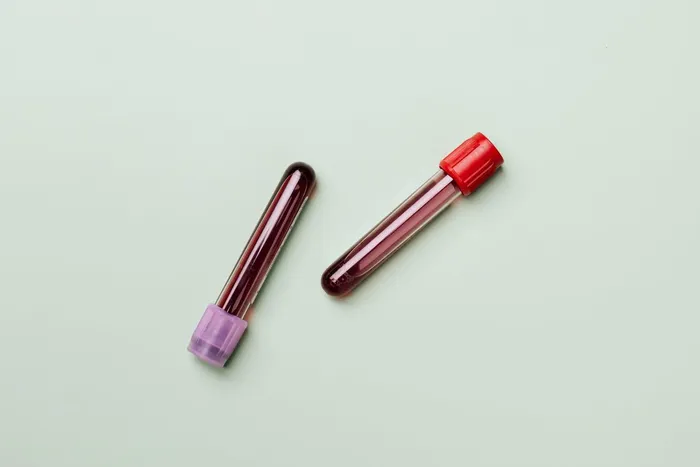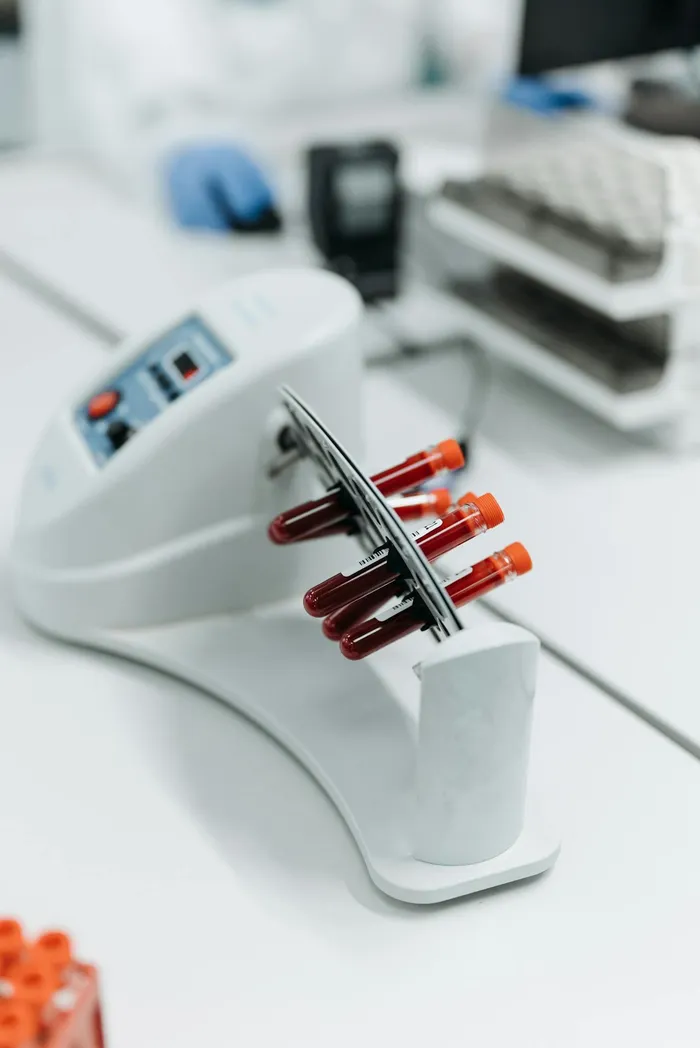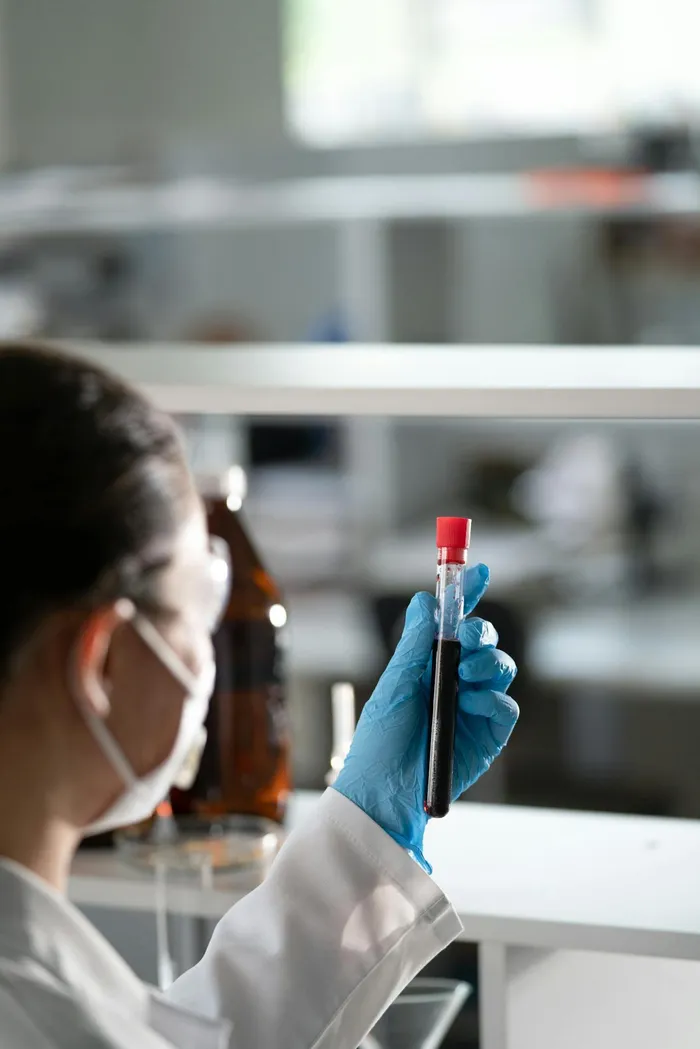Artificial blood breakthrough: Japanese scientists develop universal solution for all blood types
HEALTH

Artificial blood isn’t just theoretical anymore, it’s real, and its potential is astonishing.
Image: Kaboompics.com/pexels
Imagine a world where blood shortages no longer cost lives. A world where emergencies in rural South African clinics or busy city hospitals aren’t derailed by the lack of compatible blood for transfusions.
Thanks to revolutionary research by Japanese scientists, this future may be closer than we think.
A critical breakthrough in healthcare is unfolding: the development of artificial blood.
This innovation, led by Hiromi Sakai and his team at Japan's Nara Medical University, has the potential to save millions of lives globally by addressing one of the most pressing challenges in healthcare, blood shortages.
The blood supply crisis
Blood transfusions are essential in healthcare, saving lives during surgeries, childbirth, trauma, and the treatment of severe illnesses.
Yet, maintaining an adequate blood supply is a constant challenge, especially in low- and middle-income countries (LMICs) like South Africa.
The demand for O-negative blood, the universal donor type, is particularly high. This blood type can be used in emergencies for patients of any blood group, but its supply is often insufficient.
The short shelf life of donated red blood cells makes the situation even more difficult, as they can only be kept for 42 days under refrigeration.
The introduction of artificial blood could be a game-changer in ensuring that no patient is turned away due to a lack of compatible blood.

A team of scientists in Japan have created artificial blood
Image: Pavel Danilyuk/pexels
The science behind artificial blood
Artificial blood isn’t just theoretical anymore; it’s real, and its potential is astonishing.
According to "Tokyo Weekender", Sakai’s team has developed artificial red blood cells by extracting haemoglobin (the iron-rich protein that transports oxygen in the bloodstream) from expired donor blood.
Here’s how it works:
- Haemoglobin extraction: Haemoglobin is isolated from expired blood donations, ensuring no waste.
- Encapsulation: The haemoglobin is encased in a protective shell, creating stable, virus-free artificial red blood cells.
- Universal compatibility: Because these synthetic cells lack blood type markers, they’re compatible with all blood groups; no cross-matching is required.
The benefits don’t stop there. Unlike donated blood, which requires refrigeration and has a short lifespan, artificial blood can reportedly be stored for up to two years at room temperature and five years when refrigerated.
This could transform emergency response systems in remote areas where accessing fresh blood supplies is a logistical nightmare. Early trials have already demonstrated the potential of artificial blood. In 2022, Sakai’s team conducted small-scale studies with 12 healthy male volunteers aged 20 to 50.
The participants received intravenous injections of haemoglobin vesicles, which mimic the oxygen-carrying function of natural red blood cells.
Mild side effects: A few participants reported mild symptoms, but no serious adverse effects were observed.
Stable vital signs: There were no significant changes in blood pressure or other vital signs, indicating promising safety levels.
Building on this success, the trials have entered a second phase as of March this year, with larger doses (100 to 400 millilitres) being administered to volunteers.
If no significant side effects are observed, the research will shift to evaluating the efficacy and safety of artificial blood for practical use. The goal is to make this life-saving innovation widely available by 2030.

Early trials have already demonstrated the potential of artificial blood.
Image: Ivan Samkov/pexels
What does this mean for the health industry?
1. Emergency care: Trauma cases, a leading cause of death in South Africa, often require immediate transfusions. Artificial blood could eliminate the need for compatibility testing, speeding up life-saving interventions.
2. Rural accessibility: In remote areas with limited infrastructure, the long shelf life of artificial blood could ensure a consistent supply for emergencies.
3. Reduced waste: By repurposing expired donor blood, artificial blood could make the blood donation system more efficient. While the promise of artificial blood is exciting, it’s important to note that it’s still in the experimental stage.
Researchers are cautiously optimistic, and more trials will be needed to confirm its safety and efficacy in diverse patient populations.
However, the potential impact is undeniable. Imagine a healthcare system where no patient dies waiting for blood. Imagine a world where rural clinics are just as equipped to handle emergencies as urban hospitals.
As this groundbreaking innovation progresses, it’s essential to continue supporting local blood donation efforts. Artificial blood, while revolutionary, won’t replace the need for natural donations anytime soon.
Still, this development marks a significant step forward in healthcare, offering hope to millions worldwide.
As Hiromi Sakai and his team race toward their 2030 goal, the world watches eagerly, knowing that this could change the face of medicine forever.